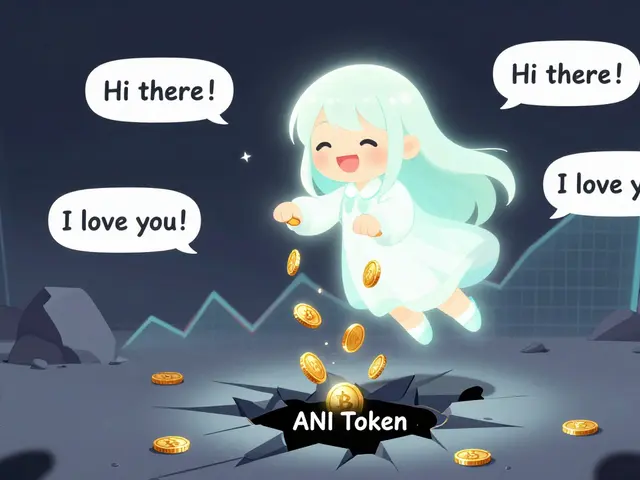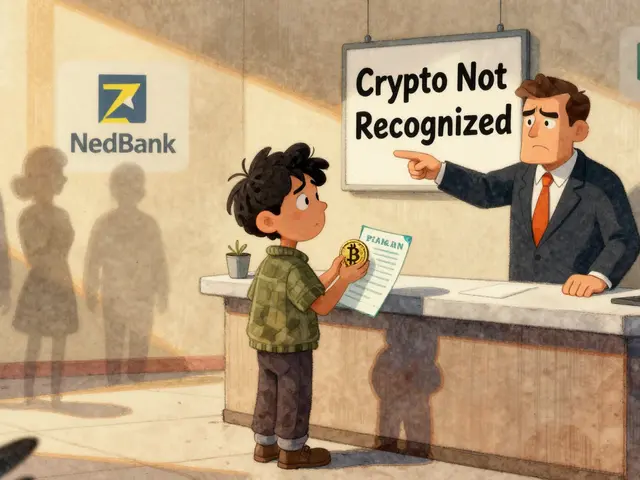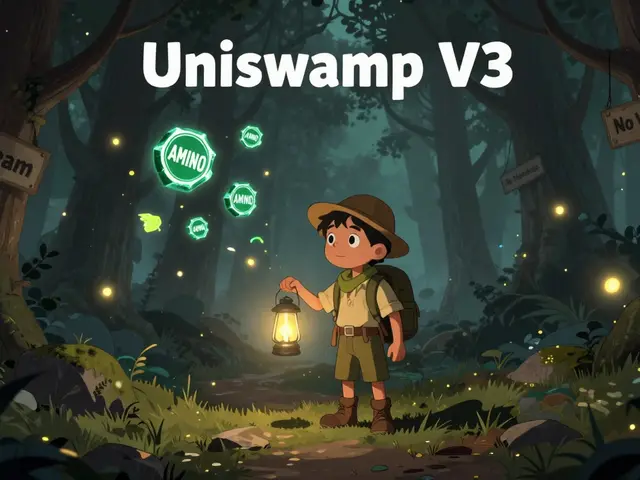KEGOC – Korean Power Generation, Market & Grid Insights
When working with KEGOC, the Korea Electric Power Corporation, a state‑owned utility that runs power generation, transmission, and wholesale market operations in South Korea. Also known as Korea Electric Power Corporation, it sits at the core of the nation’s energy system, linking power plants to homes and factories. KEGOC encompasses both electricity generation and the real‑time market where supply meets demand, meaning every kilowatt you see on your bill has passed through its platform. This makes the company a natural anchor for anyone studying South Korean energy, whether you’re a trader, policymaker, or tech enthusiast.
Key aspects of KEGOC's ecosystem
The Korean electricity market, the wholesale arena where generators buy and sell electricity through a day‑ahead and real‑time auction system directly shapes KEGOC’s pricing signals. When demand spikes, the market pushes prices up, prompting KEGOC to dispatch more generation and secure additional transmission capacity. At the same time, KEGOC requires robust grid infrastructure, high‑voltage transmission lines, substations, and control systems that move power across the country. Without a reliable grid, even the cheapest generators can’t reach consumers, so KEGOC invests heavily in upgrading lines, integrating smart sensors, and coordinating with regional operators to avoid bottlenecks.
Energy regulation adds another layer of complexity. The energy regulation, rules set by the Ministry of Trade, Industry and Energy that govern tariffs, capacity allocation, and market oversight dictates how KEGOC prices transmission services, how often market participants can bid, and which renewable incentives apply. Recent reforms aimed at decarbonization demand that KEGOC manage increasing shares of wind and solar, which are variable by nature. This forces the utility to adopt advanced forecasting tools and flexible grid controls, turning regulation into a driver for technological upgrade rather than a mere compliance checklist.
All these pieces—generation, market, grid, and regulation—interact in ways that matter to anyone watching South Korea’s energy transition. KEGOC’s data portals provide real‑time load curves, market clearing prices, and transmission capacity reports, giving traders a head‑start on price movements. Engineers use its grid models to plan new substations or evaluate the impact of large‑scale battery storage. Policymakers reference KEGOC’s market outcomes when drafting carbon‑pricing schemes or renewable integration targets. Below you’ll find deep‑dive articles that break down each of these areas: from how the Korean electricity market prices energy, to the technical challenges of expanding the grid, and the latest regulatory shifts shaping the future. Armed with this context, you’ll be ready to explore the detailed guides and reviews that follow.
Kazakhstan’s Energy Grid Crisis and the Crypto Mining Ban Explained
Kazakhstan's aging power grid is causing huge electricity losses, prompting a ban on large crypto mining farms. Learn why the ban happened, how the grid is being upgraded, and what the future holds for renewable energy.





